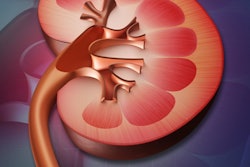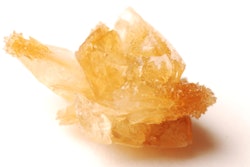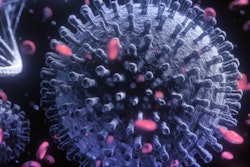
CT with a reduced radiation dose is still effective for evaluating kidney stones -- and it mitigates the radiation burden in patients who experience repeat imaging, according to a study published June 8 in the Journal of the American College of Radiology.
But reduced-dose CT protocols aren't used as much as they should be, wrote a group led by Dr. Christopher Moore of Yale University School of Medicine in New Haven, CT.
"Reduced dose CT use ... remains well below what is 'as low as reasonably achievable,'" the team wrote. "Increased adoption of reduced-dose CT protocols will decrease the overall radiation burden associated with kidney stone CT, which often requires repeat imaging in relatively young patients."
Kidney stones are a common, often recurring condition that tends to affect younger people, Moore and colleagues noted. Of those afflicted, 85% undergo CT, receiving an average of 1.4 to 1.7 CT scans per kidney stone incidence -- thus exposing them to high levels of radiation and highlighting the need for reduced radiation protocols.
The group sought to boost the use of a reduced-dose CT protocol for kidney stone imaging through an intervention it designed called Dose Optimization for Stone Evaluation (DOSE) that included continuing education, consultation, and protocol recommendations. The team tested the intervention via a study that included 192 facilities that performed 422,039 kidney stone CT scans between 2015 and 2019.
Half of the centers were randomized to an intervention cohort that implemented the DOSE protocols and half to a control group that did not. The intervention cohort was further categorized as having participated in the intervention (25) or not having participated (71). The researchers tracked changes in the dose-length product (DLP) at the baseline year (2015), then compared this with values in 2017, 2018, and 2019.
Between 2015 and 2017, the DLP fell by 16% in the facilities that implemented DOSE, the authors found (between 2015 and 2019, the percentage drop was 14%). The study also showed an increase in the proportion of reduced-dose CT scans each year in the group of facilities that used DOSE, from 22% in 2015 to 36% in 2019 -- higher proportions than in the other study groups.
| Changes in CT radiation doses for kidney imaging by intervention status and year | |||
| Year | Control group (96) | Intervention-assigned group that did not implement DOSE (71) | Intervention-assigned group that implemented DOSE (25) |
| Mean DLP (expressed as mGy-cm) | |||
| 2015 (baseline) | 691 | 663 | 689 |
| 2017 | 662 | 654 | 582 |
| 2018 | 642 | 646 | 585 |
| 2019 | 649 | 649 | 593 |
The findings show that reduced-dose CT for kidney stone evaluation is feasible and sustainable, according to the authors.
"It is the shared responsibility of medical users of ... radiation dose-based imaging tests such as CT to ensure use of as low as reasonably achievable radiation doses," they concluded. "This is particularly true for an indication such as kidney stone CT, in which there is unequivocal evidence that [reduced dose] can be employed without adverse effects."



















